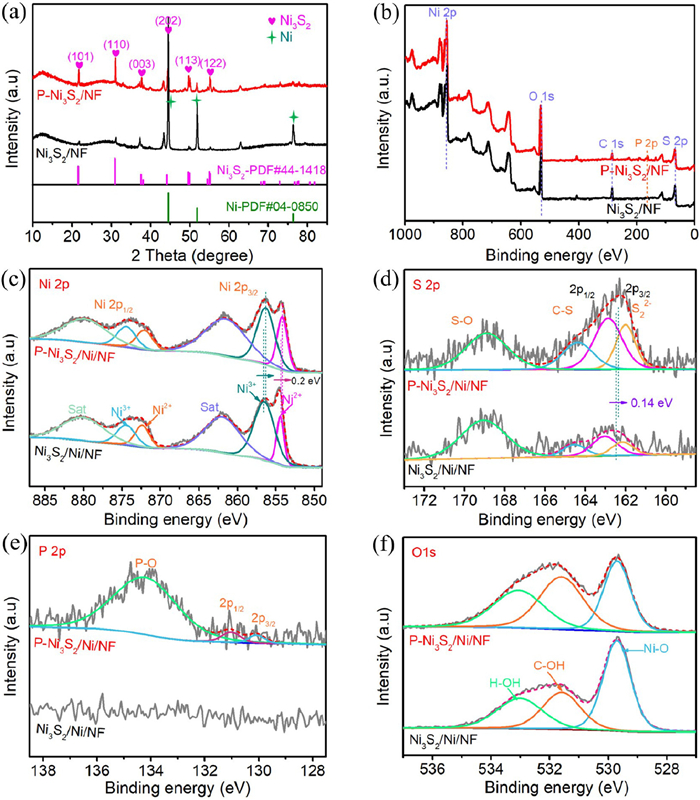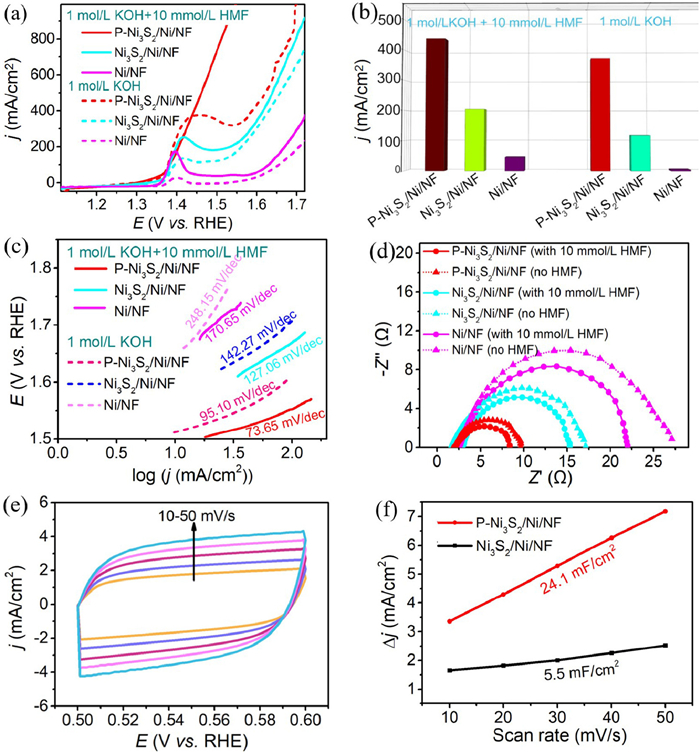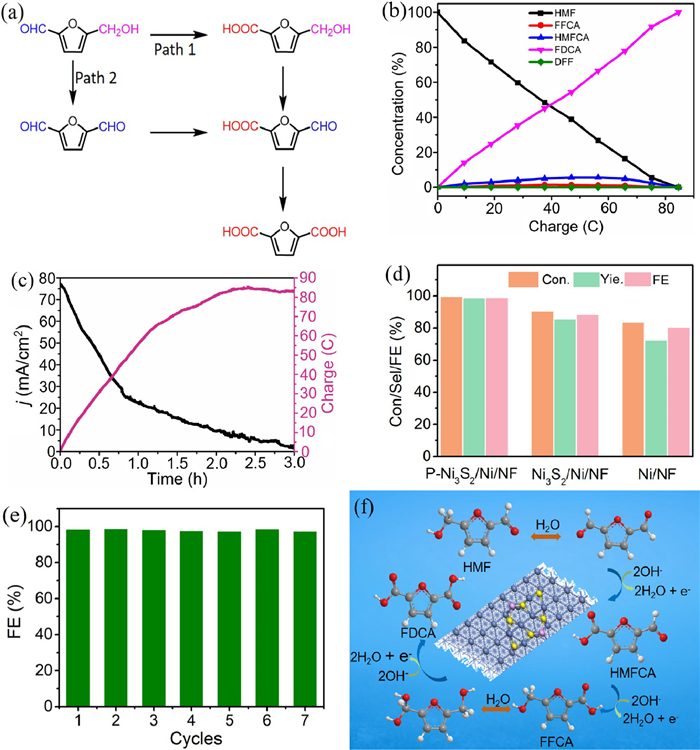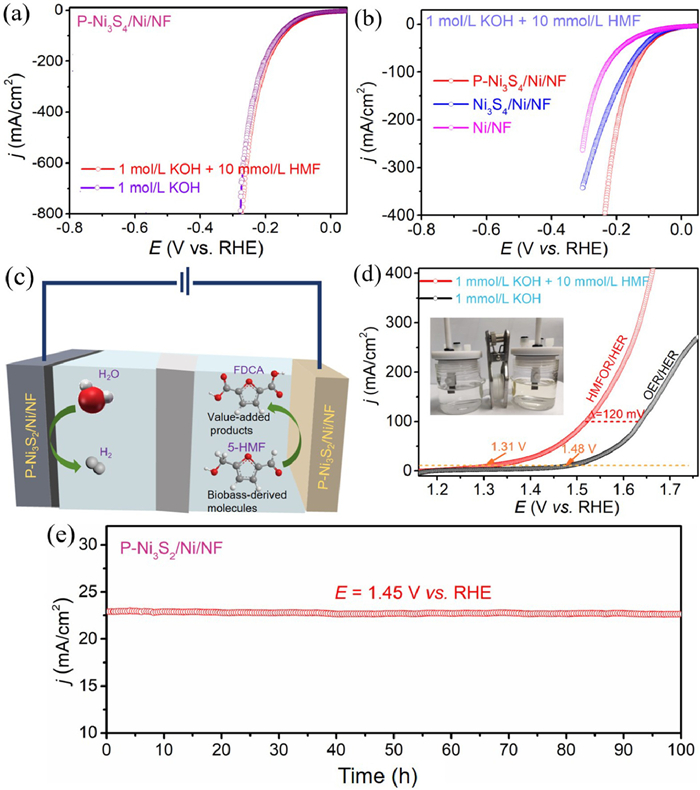-
[1]
K.H. Lee, Y.X. Jing, Y.Q. Wang, N. Yan, Nat. Rev. Chem. 6 (2022) 635–652.
doi: 10.1038/s41570-022-00411-8
-
[2]
S. Li, S. Wang, Y. Wang, et al., Adv. Funct. Mater. 33 (2023) 2214488.
doi: 10.1002/adfm.202214488
-
[3]
Y. Song, W. Xie, Y. Song, et al., Appl. Catal. B: Environ. 312 (2022) 121400.
doi: 10.1016/j.apcatb.2022.121400
-
[4]
X.L. Pang, H.Y. Bai, H.Q. Zhao, W.Q. Fan, W.D. Shi, ACS Catal. 12 (2022) 1545–1557.
doi: 10.1021/acscatal.1c04880
-
[5]
Y. Lu, T. Liu, Y. Huang, et al., ACS Catal. 12 (2022) 4242–4251.
doi: 10.1021/acscatal.2c00174
-
[6]
N.Z. Shang, W.J. Li, Q.Y. Wu, et al., J. Colloid Interfaces Sci. 659 (2024) 621–628.
doi: 10.1016/j.jcis.2024.01.040
-
[7]
M.K. Qin, J.D. Chen, M.H. Qi, et al., ACS Catal. 14 (2024) 8414–8426.
doi: 10.1021/acscatal.4c01705
-
[8]
S. Sarkar, S. Behera, R. Munjal, et al., Energy Fuels 38 (2024) 5183–5191.
doi: 10.1021/acs.energyfuels.4c00029
-
[9]
H.L. Dai, Y.F. Huang, H.Y. Bai, et al., Adv. Energy Mater. 14 (2024) 2402789.
doi: 10.1002/aenm.202402789
-
[10]
Y.F. Zhou, Y. Shen, H.Y. Li, Mater. Today Catal. 4 (2024) 100041.
-
[11]
B. Kim, K.L. Yang, K. Park, et al., J. Catal. 435 (2024) 115542.
doi: 10.1016/j.jcat.2024.115542
-
[12]
Z.H. Yang, S. Wang, C.Y. Wei, et al., Energy Environ. Sci. 17 (2024) 1603.
doi: 10.1039/D3EE04543A
-
[13]
J. Wu, K. Wang, T.Q. Yu, et al., J. Colloid Interfaces Sci. 655 (2024) 676–684.
doi: 10.1016/j.jcis.2023.11.061
-
[14]
T. Chen, Y.L. Li, F.P. Ma, et al., J. Mater. Chem. A 12 (2024) 12237.
doi: 10.1039/D4TA01071J
-
[15]
X.L. Pang, H.Y. Bai, Y.F. Huang, et al., J. Catal. 417 (2023) 22–34.
doi: 10.1016/j.jcat.2022.11.029
-
[16]
B. You, N. Jiang, X. Liu, et al., Angew. Chem. Int. Ed. 55 (2016) 9913–9917.
doi: 10.1002/anie.201603798
-
[17]
B. You, X. Liu, N. Jiang, et al., J. Am. Chem. Soc. 138 (2016) 13639–13646.
doi: 10.1021/jacs.6b07127
-
[18]
N. Zhang, Y. Zou, L. Tao, et al., Angew. Chem. Int. Ed. 58 (2019) 15895–15903.
doi: 10.1002/anie.201908722
-
[19]
B.L. Zhang, Z.J. Li, Y.S. Zhou, et al., Small 20 (2024) 2306663.
-
[20]
P.Y. Jin, L. Zhang, Z. Wu, et al., Chem. Eng. J. 481 (2024) 148303.
-
[21]
B.L. Zhang, H. Fu, T.C. Mu, Green Chem. 24 (2022) 877–884.
-
[22]
J.F. Qin, M. Yang, T.S. Chen, et al., Int. J. Hydrog. Energy 45 (2020) 2745–2753.
-
[23]
Y. Zhao, J. You, L. Wang, et al., Int. J. Hydrog. Energy 46 (2021) 39146–39182.
-
[24]
J. Mei, X.H. Cheng, Q. Wu, J. Alloy Compd. 1008 (2024) 176386.
-
[25]
S. Kogularasu, Y.Y. Lee, B. Sriram, et al., Angew. Chem. Int. Ed. 63 (2024) e202311806.
-
[26]
L. Chen, Z.H. Yang, C.Y. Yan, et al., Chem. Sci. 15 (2024) 12047.
-
[27]
W. Peng, Y.R. Lu, H.P. Lin, et al., ACS Nano 17 (2023) 22691–22700.
-
[28]
J. Wang, T. Liao, Z.Z. Wei, et al., Small Methods 5 (2021) 2000988.
-
[29]
M.Z. Liu, W.G. Cui, Z. Sun, et al., Electrochim. Acta 477 (2024) 143713.
-
[30]
B.W. Zhang, K. Jiang, H.T. Wang, et al., Nano Lett. 19 (2019) 530–537.
-
[31]
Y.J. Yao, Z.M. Tao, H.W. Hu, et al., J. Environ. Sci. 150 (2025) 704–718.
-
[32]
R. Shi, H.F. Ye, F. Liang, et al., Adv. Mater. 30 (2018) 1705941.
-
[33]
F. Nie, X.L. Yin, Y.H. Cao, et al., Fuel 348 (2023) 128509.
-
[34]
X.L. Lin, L.J. Xue, B.W. Liu, et al., J. Colloid Interfaces Sci. 644 (2023) 295–303.
-
[35]
W.X. Li, X. Xing, R.Y. Ge, et al., Sustain. Mater. Technol. 38 (2023) e00743.
-
[36]
M.B.Z. Hegazy, M.R. Berber, Y. Yamauchi, et al., ACS Appl. Mater. Interfaces 13 (2021) 34043–34052.
-
[37]
J.X. Zhou, L. Zhao, Q. Wang, et al., Chin. Chem. Lett. 33 (2022) 3035–3038.
-
[38]
J.H. Lin, H.H. Wang, J. Cao, et al., J. Colloid Interfaces Sci. 571 (2020) 260–266.
-
[39]
L.X. Zheng, S.B. Wang, Y.Z. Wang, et al., Nanotechnology 33 (2022) 265701.
-
[40]
L.L. Wang, Y. Yan, R.L. Li, et al., Chin. Chem. Lett. 35 (2024) 110011.
-
[41]
X.Y. Lu, K. Qi, X.Y. Dai, et al., Chem. Sci. 15 (2024) 11043.
-
[42]
M.G. Sendeku, K. Harrath, F.T. Dajan, et al., Nat. Commun. 15 (2024) 5174.
-
[43]
L.L. Wang, Y. Yan, R.L. Li, et al., Chin. Chem. Lett. 35 (2024) 110011.
-
[44]
Y.F. Huang, H.L. Dai, Z.Z. Huang, et al., Chem. Eng. J. 479 (2024) 147779.
-
[45]
J.S. Wang, W.R. Zhao, H. Yu, et al., Appl. Catal. B: Environ. 353 (2024) 124086.
-
[46]
H.L. Dai, P.J. Zhou, S.M. Yang, et al., Inorg. Chem. 63 (2024) 16541–16553.
-
[47]
S.E. Davis, B.N. Zope, R.J. Davis, Green Chem. 14 (2012) 143–147.
-
[48]
Y.J. Song, Z.H. Li, K. Fan, et al., Appl. Catal. B: Environ. 299 (2021) 120669.

 Login In
Login In

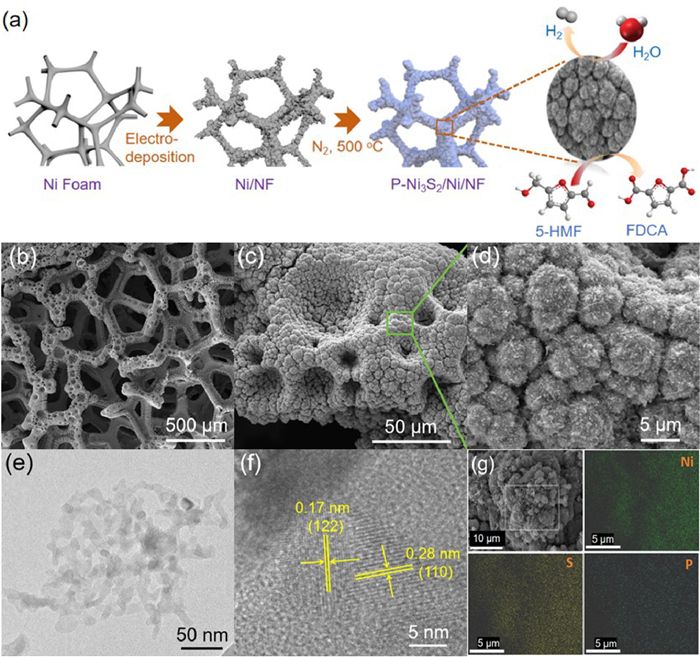





 DownLoad:
DownLoad:
